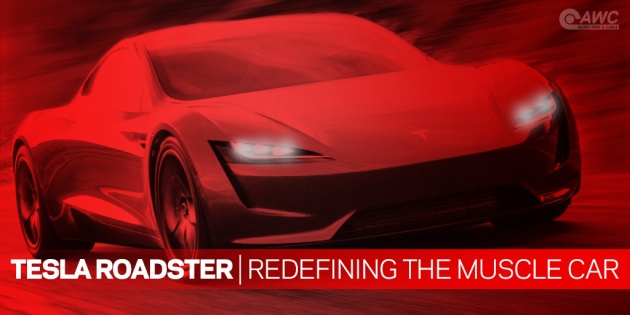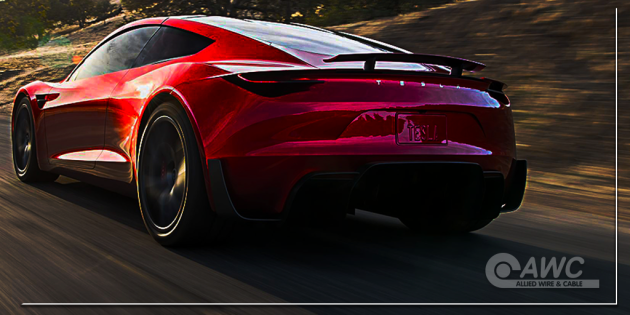TXL Wire vs GXL Wire | Product Knockout
October 18, 2016 Leave a comment
 Our Product Knock-out series is a match-up between two similar products. In boxing terms, think same weight class, same caliber, same level of experience, and the amount of exposure. The purpose of these posts is for you to see a side-by-side view of two similar products, and to be able to understand how only one will be crowned the Champ for your specific purposes. Take your seats and prepare for battle, because the gloves are coming out.
Our Product Knock-out series is a match-up between two similar products. In boxing terms, think same weight class, same caliber, same level of experience, and the amount of exposure. The purpose of these posts is for you to see a side-by-side view of two similar products, and to be able to understand how only one will be crowned the Champ for your specific purposes. Take your seats and prepare for battle, because the gloves are coming out.
TXL and GXL are both Automotive Primary Wire used and designed for a variety of different automotive environments. Both wires meet SAE J-1128, Ford and Chrysler standards. TXL and GXL also have a 125°C temperature rating. While these wires have their similarities, they also have their differences. Let’s take a closer look!
What is TXL Wire?
TXL wire is an extra-thin wall, stranded, single-conductor automotive primary wire. It is used primarily in automotive applications where small diameter and minimal weight are desirable. It is rated to SAE J-1128, Ford (M1L-123A) and Chrysler (MS-8288) specifications.
What is GXL Wire?
GXL wire is a thin wall, stranded, single-conductor automotive primary wire. It is used primarily in engine compartments where high heat resistance is required in accordance with SAE. It is rated to SAE J-1128, Ford (M1L-85B) and Chrysler (MS-8900) specifications.
Comparison Table
| TXL | GXL | |
| Conductor | Bare Copper | Bare Copper |
| Insulation | Cross Linked Polyethylene (XLPE) | Cross Linked Polyethylene (XLPE) |
| Temperature Rating | -51°C to +125°C | -51°C to +125°C |
| Voltage | 50 volts | 50 volts |
| Wall Thickness | Extra Thin Wall | Thin Wall |
| Specifications | SAE, Ford, Chrysler | SAE, Ford, Chrysler |
| Insulation Thickness of 18AWG | 0.016 in. | 0.023 in. |
| Weight of 18 AWG | 6.9 lbs/MFT | 8.0 lbs/MFT |
TXL Wire vs GXL Wire
As you can see, there is a lot of overlap between TXL and GXL wire. Both of these Automotive Primary Wires have a bare copper conductor, XLPE insulation, the same temperature rating and are rated to SAE, Ford and Chrysler standards. The major differences between TXL wire and GXL wire are the application, wall thickness and weight. TXL, as stated earlier, is used for applications where small diameter and minimal weight are desired. The extra thin wall makes the wire more lightweight than GXL. GXL, however, is used primarily in engine compartments where high heat resistance is required. GXL is slightly heavier in weight compared to TXL due to a slightly thicker wall.
Winner by unanimous vote? Instead, it seems as if the match has ended in a technical decision. In this case it looks like our crowned champ depends on your specific application use.
If you’re unsure about what cable you’ll need in order to meet the needs of your application, consult with one of Allied’s knowledgeable sales reps by submitting an RFQ. Visit our website to learn more about TXL automotive wire vs GXL automotive wire.








